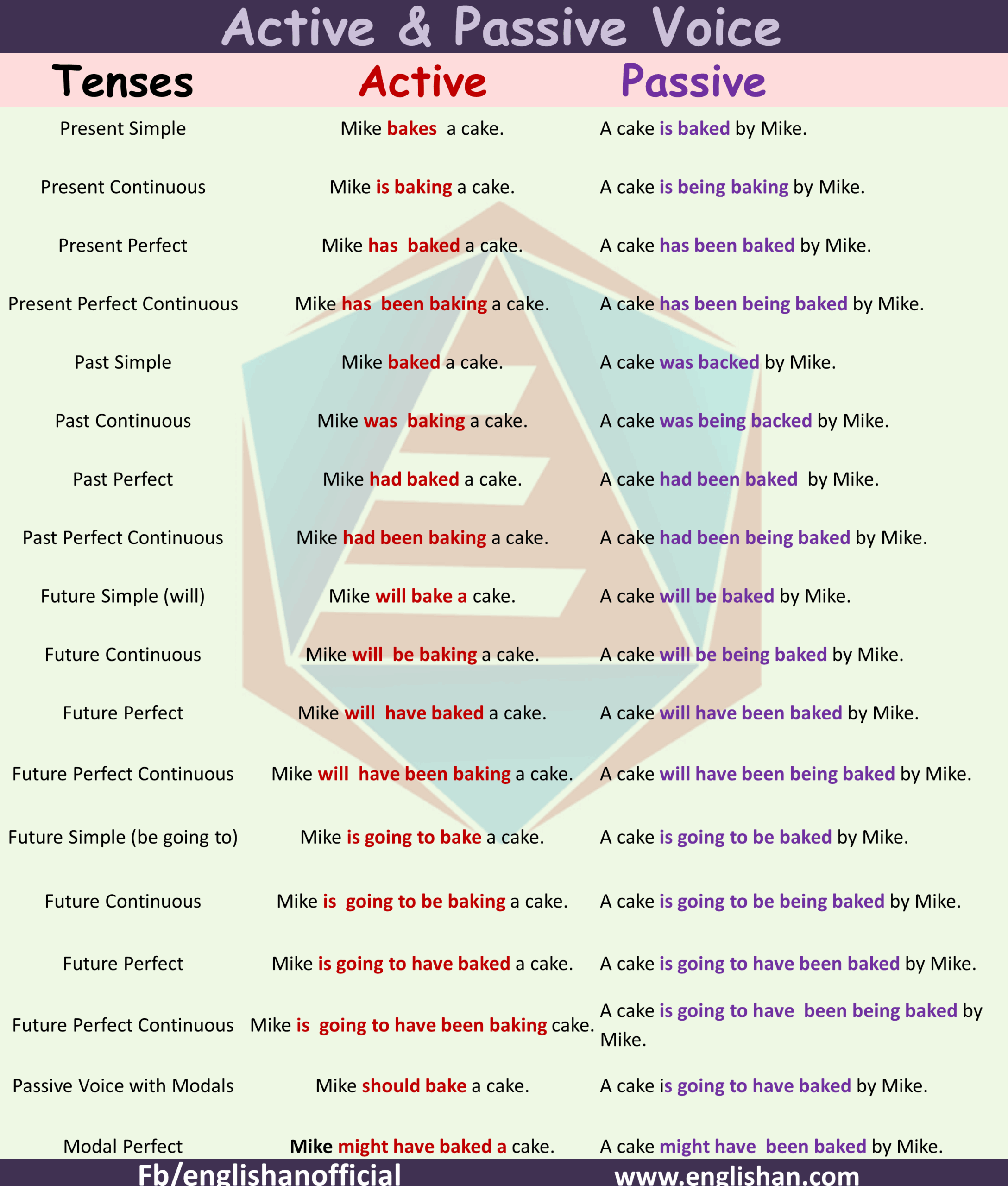In English grammar, sentences can be written in two different voices – active and passive. The choice between active and passive voice can greatly affect the clarity and impact of your writing. Understanding the differences between the two can help you improve the quality of your writing.
Active voice is when the subject of a sentence performs the action of the verb. It is direct, clear, and concise, making it the preferred choice in most cases. Passive voice, on the other hand, is when the subject of the sentence is acted upon by the verb. While passive voice can be useful in certain situations, it is generally considered weaker and less engaging than active voice.
Examples of Active vs Passive Voice:
1. Active Voice: The cat chased the mouse. (Subject – The cat, Verb – chased)
2. Passive Voice: The mouse was chased by the cat. (Subject – The mouse, Verb – was chased)
3. Active Voice: The teacher assigned the homework. (Subject – The teacher, Verb – assigned)
4. Passive Voice: The homework was assigned by the teacher. (Subject – The homework, Verb – was assigned)
5. Active Voice: The chef prepared a delicious meal. (Subject – The chef, Verb – prepared)
6. Passive Voice: A delicious meal was prepared by the chef. (Subject – A delicious meal, Verb – was prepared)
Using active voice in your writing can make it more engaging and dynamic. It allows you to clearly identify the doer of the action and makes your sentences more direct and impactful. Passive voice, on the other hand, can be useful when the focus is on the receiver of the action or when the doer is unknown or unimportant.
When deciding between active and passive voice, consider the context and purpose of your writing. Active voice is generally preferred in most cases for its clarity and directness, but passive voice can be used strategically to emphasize certain points or create a specific tone. By understanding the differences between the two voices and practicing with examples, you can improve the quality of your writing and effectively communicate your ideas.
In conclusion, mastering the use of active and passive voice in your writing can greatly enhance the clarity and impact of your sentences. By choosing the appropriate voice for each situation, you can ensure that your writing is engaging, clear, and effective.
